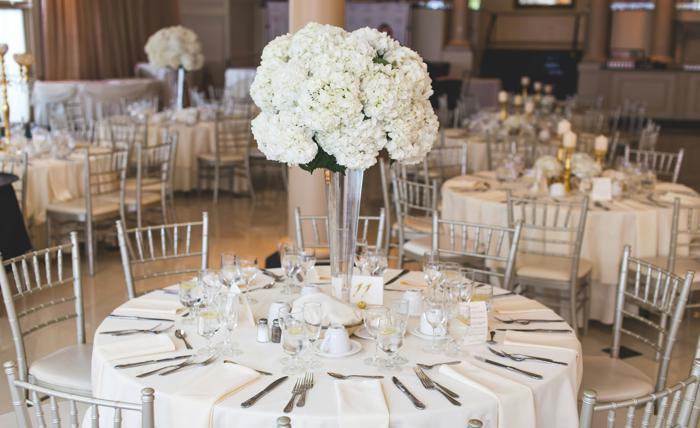Planning an event in a hot climate presents unique challenges, but with the right strategies, it can also offer unforgettable experiences. From sun-drenched weddings to corporate retreats in desert destinations, warm-weather events require thoughtful preparation to keep guests comfortable and engaged. Whether you’re organizing an outdoor celebration or a hybrid indoor-outdoor affair, understanding how to navigate heat, hydration, and logistics is key to success. Here are six insider secrets to help you host a seamless and enjoyable event in high-temperature environments.
Prioritize Shade and Airflow
One of the most important considerations in hot climates is protecting guests from direct sun exposure. Even short periods in intense heat can lead to discomfort or health risks. When selecting your layout, prioritize shaded areas using tents, canopies, pergolas, or natural tree cover. If the venue allows, incorporate open-air structures that encourage airflow while still offering protection. Portable fans, misting stations, and strategically placed cooling zones can also help regulate temperature and improve comfort throughout the event.
Schedule Wisely Around Peak Heat
Timing is everything when hosting in warm weather. Avoid scheduling key activities during the hottest parts of the day, typically between noon and 3 p.m. Instead, plan your event for early morning or late afternoon when temperatures are more manageable and lighting is softer. Sunset ceremonies, twilight dinners, and evening receptions not only reduce heat exposure but also create a more relaxed and visually appealing atmosphere. If your event spans multiple hours, build in breaks and shaded rest areas to help guests recharge.
Choose the Right Venue for Climate Control
Not all venues are equipped to handle extreme heat, so selecting a location with built-in climate considerations is essential. Look for properties that offer indoor-outdoor flexibility, shaded courtyards, and reliable cooling systems. An event venue palm springs, for example, often includes desert-inspired architecture designed to mitigate heat, along with modern amenities like air-conditioned lounges and hydration stations. Working with a venue that understands the demands of hot climates can simplify planning and enhance the guest experience.
Hydration and Refreshments Matter
Keeping guests hydrated is more than a courtesy—it’s a necessity. Offer water stations throughout the venue, ideally with chilled options and electrolyte-enhanced beverages. Consider serving refreshing drinks like infused water, iced teas, and light cocktails that complement the climate. When it comes to food, opt for seasonal menus with cooling ingredients such as citrus, cucumber, and fresh herbs. Avoid heavy or overly rich dishes that may feel uncomfortable in the heat. Providing thoughtful refreshments helps guests stay energized and enjoy the event longer.
Dress Code and Comfort Considerations
Encourage attire that suits the climate and event style. For formal gatherings, suggest lightweight fabrics like linen, cotton, or moisture-wicking blends. Offer guidance in your invitations or event website to help guests prepare appropriately. If your event includes outdoor activities, consider providing accessories such as parasols, handheld fans, or cooling towels. For staff and vendors, ensure uniforms are breathable and functional. Comfort plays a major role in guest satisfaction, and small adjustments can make a big difference.
Prepare for Weather Variability
Even in hot climates, weather can be unpredictable. Sudden wind gusts, dust storms, or unexpected rain can disrupt outdoor plans. Always have a contingency strategy in place, whether it’s a backup indoor space, flexible tenting, or adjustable timelines. Work closely with your venue and vendors to understand what options are available in case of a shift in conditions. Having a plan B ensures that your event stays on track and minimizes stress for both hosts and attendees.
Conclusion
Hosting an event in a hot climate requires a blend of creativity, foresight, and practical planning. By prioritizing shade, scheduling around peak heat, selecting climate-conscious venues, and focusing on hydration and comfort, you can create an experience that’s both enjoyable and memorable. With the right approach, warm-weather events can be vibrant, relaxed, and full of character leaving guests with lasting impressions and hosts with peace of mind.

